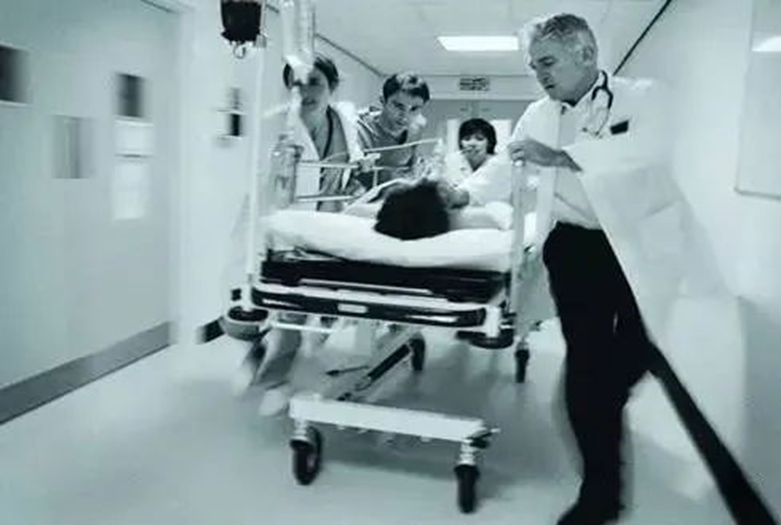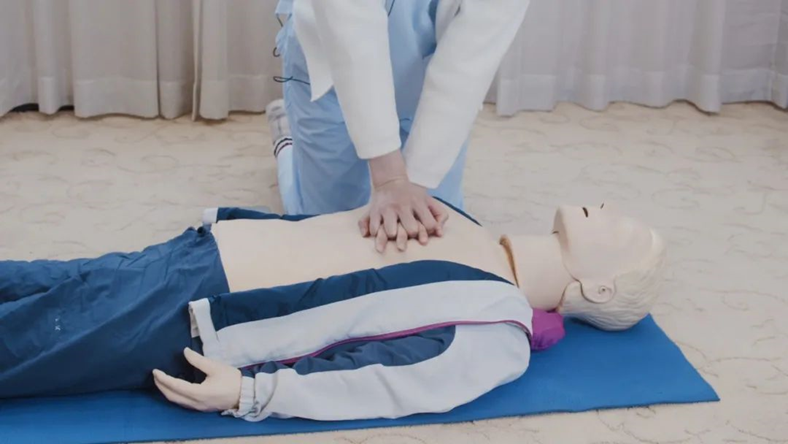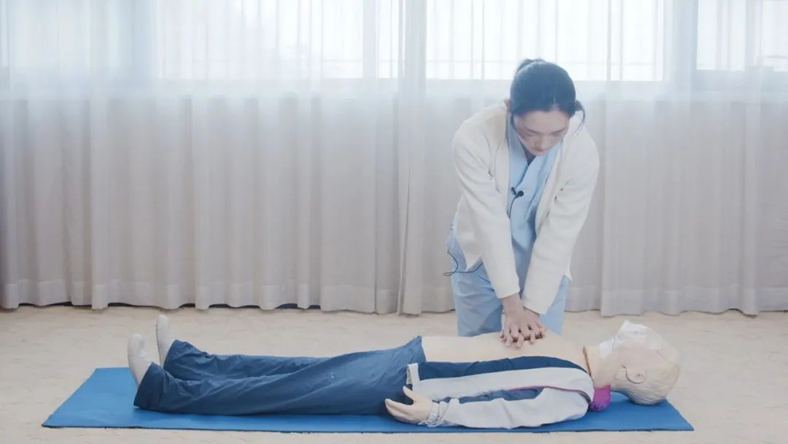As cities are developing rapidly in recent years, we tend to have faster pace of work and life. The word “sudden death”has become the terror of elites; The main contributing factor is cardiovascular disease caused by long-term overwork. When encountering sudden cardiac arrest, the probability of survival depends on whether the patient can get timely rescue. Many patients lost their lives because of missing the best resuscitation time or the wrong rescue method.
I. The key to resuscitation after sudden cardiac arrest:

1. Fast - 10 seconds to judge
Fast speed is the most important in the whole process of cardiac rescue. To judge correctly: First, check if the patient is conscious; Second, find and touch the carotid artery at 2-3 cm from both sides of the prominentia laryngea, to check whether there is a pulse. These two steps must be completed within 10 seconds. If the carotid pulse is not palpable and the patient is unconscious, it can be confirmed that the heartbeat has stopped and chest compression should be performed immediately.
2. Smooth - Put the body flat, lift the head and jaw
After the patient is placed on the hard floor, make sure that his body is flat, his head is tilted back and his lower jaw is raised. You can use your hands to hold his forehead, tilt his head back, and use your fingers to remove anything in his mouth that may be hindering his breathing, such as dentures. Once the heart stops or malignant arrhythmia occurs, there will be respiratory arrest soon. Only when the head and jaw are lifted up can you ensure the patient's respiratory tract is unobstructed. The first principle of rescue is to open the airway, and then effective artificial respiration and chest compression can be carried out.

3. Straight - Keep arms vertical
For chest compression, keep in mind that your arms must be straight-- the rescuer should kneel on the right side of the patient, face the patient; Keep the arms straight, fixe the elbows, and hold the shoulders median over the patient's sternum. Use the hip joint as a fulcrum, press down the chest hard and rhythmically. The rescuer can use his own body weight, but the arm must be taut to ensure that the force is passed to the patient's sternum.
4. Hard - Lying on a board or the ground
Choose hard board or ground as the place for chest compression. But if the patient has sudden cardiac arrest on bed or on sofa, moving carries risk. It's best to do what the emergency workers usually do: lift the patient's head slightly and quickly place a hard board below his back. The board does not have to be too big; a little more than 2 feet long is enough, and a little wider than the patient's back. Put it under the patient's upper body, so that there is support to the heart when pressing.

5. Deep - The sternum should fall 5 cm
When pressing the heart, the sternum should be pushed down to a certain depth. The clinical standard is: push down sternum 4 to 5 cm in adults, 3 cm in children aged 5 to 13, and 2 cm in infants (children's chest wall is thin, and pressing too hard may lead to sternal fracture and pericardium rupture).
6. Count - 100 pushes per minute
"You can't press randomly. The frequency should be fast, basically 80-100 times per minute. To judge whether each pressing is effective, refer to this standard: for every heart pressing, the carotid artery beats once. If you can’t judge, keep pressing, don’t stop, and watch the patient’s condition until emergency workers arrive for further treatment, including using ventilator, defibrillation, etc.
7. Control - The frequency of artificial respiration during CPR
In general, in single-person CPR, the compression-ventilation ratio is 30:2, that is, after every 30 compressions, two artificial breaths are required. Compression and artificial respiration should be alternated with this frequency until the patient restores normal breathing or emergency workers arrive. In the case of two-person CPR, the ratio should be adjusted to 15:2.
II. How to prevent sudden cardiac arrest?

1、Control your emotions: ways to keep a good mood include listening to soothing music, participating in social activities, going for an outing, taking exercise, etc.
2、Adopt a reasonable diet: eat more light food that is good for softening blood vessels, such as black fungus, mushrooms, corn, sweet potatoes, tomatoes. Stick to a high- potassium and low-sodium diet, take soy products; tea drinking should be regular; avoid being too hungry or too full.
3、Maintain appropriate level of exercise: walking, jogging, cycling or riding exercise bike are suitable for patients with coronary heart disease. Do exercise at low to moderate intensity, with a focus on endurance exercise. Get some fresh air in nature and stretch your mind.
4、Have adequate rest: Adopt a regular lifestyle. Setting your biological clock is very important, and sleep should be scheduled. Calm the mind to relax yourself.
5、Pay attention to both prevention and treatment: Getting regular checkup and treatment will greatly reduce the risk of cardiac arrest. Patients with heart disease should be treated under the guidance of professional doctors.
In addition, early intervention for cardiac rehabilitation can be done for high-risk groups with family history of cardiovascular disease, severe obesity, and long-term using of cigarette or alcohol. Based on the actual situation, doctors will guide patients in diet, exercise, and medication, to reduce the incidence and reoccurrence rate of cardiovascular disease.